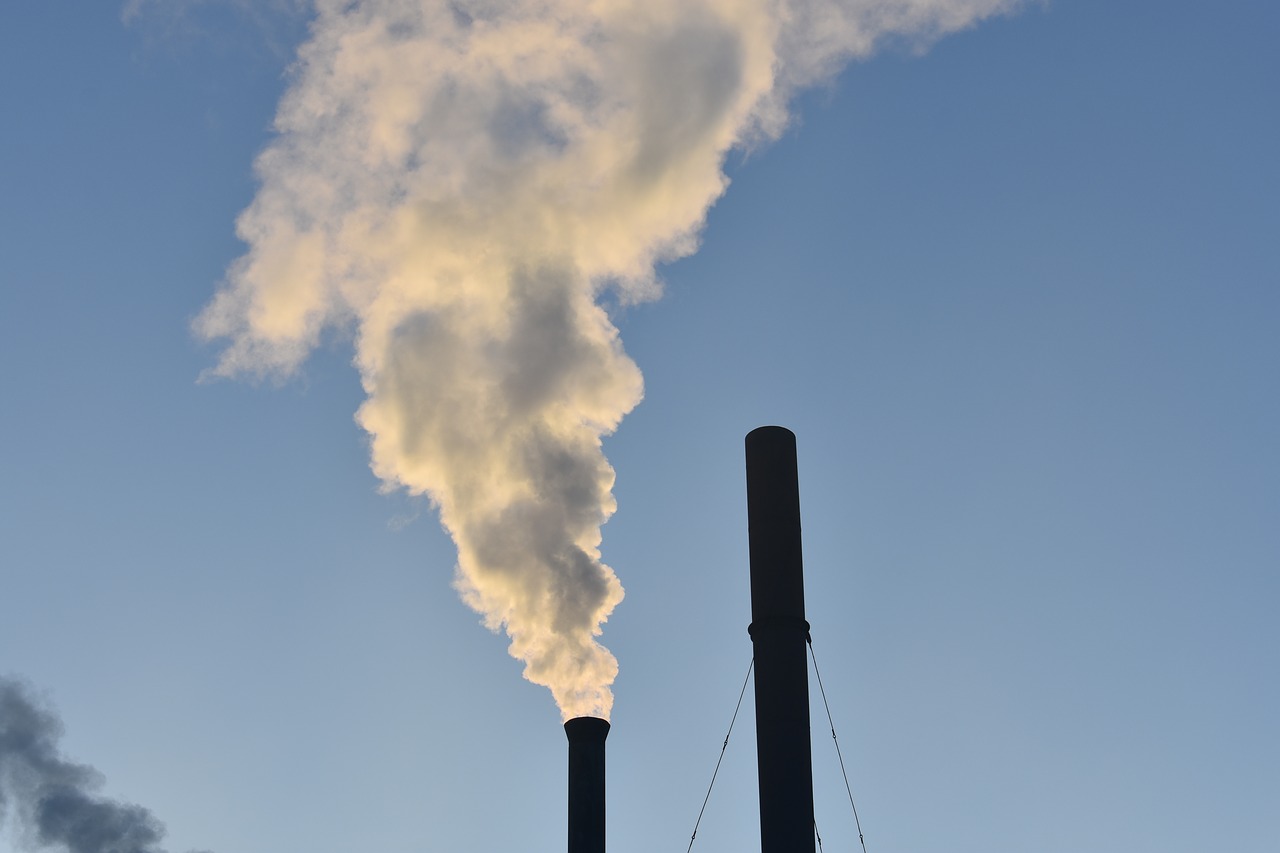[ad_1]
At the June 29 meeting of the Travis County Commissioners’ Court, the commissioners discussed strategies to reduce particulate emissions with Jon White, director of natural resources and environmental quality, and Adele Noel, chief environmental project for air quality.
“We are here to fight particulate matter pollution and some specific measures taken by the central Texas region to reduce PM 2.5, which are fine and inhalable particles, which have particular health effects,” White told commissioners.
PM 2.5 is any particulate matter with a diameter less than 2.5 micrometers.
“These particles pose a health risk to everyone because they are so small that they can bypass the nose and throat, penetrate deep into the lungs, and some can even enter the circulatory system,†Noel said. She went on to explain how particle exposure has been linked to heart and lung disease, asthma, heart attacks, birth defects, bronchitis and premature death.
“Particulate matter can be emitted directly from construction sites, unpaved roads, chimneys and fires, as well as from complex reactions of chemicals such as sulfur dioxide, nitrogen oxides … pollutants from power plants, industrial machinery and cars, â€Noel said.
Federal air quality law, she explained, requires the Environmental Protection Agency to set air quality standards for six specific pollutants: carbon monoxide, ground-level ozone, lead, nitrogen dioxide, sulfur dioxide and particulates. The EPA recently announced its intention to reconsider the standards for PM 2.5. “This probably means it will be below the current level,†Noel speculated.
For Travis County, that means many high PM areas will be at risk for non-reached designations.
The EPA defines non-compliance as any area that does not meet or contributes to a neighboring area that does not meet ambient air quality standards. Not exceeding Clean Air Act standards is also important for economic and transportation developments to get the green light.
The construction of the new Tesla factory and the Samsung factory, for example, “might not have been possible if we had exceeded the standards.” Likewise, the expansion of Interstate 35 and Project Connect could have been significantly delayed.
“Our region is more likely to exceed the federal standard for PM 2.5 than for ozone,†Noel said. She then recommended a list of mitigation strategies – which were not addressed during the discussion – developed by a subcommittee of the Central Texas Clean Air Coalition, including herself and concerned parties in Austin. , Round Rock, Bastrop and EPA.
“This list provides many options for members to consider implementation as part of their regional air quality plan,†Noel said.
The Council of Capital Region Governments distributes the strategies to organizations and counties for review. These entities will return to CAPCOG with a list of the strategies they wish to implement, which in turn will be added to the CAPCOG Regional Air Quality Plan.
The plan will be presented to the Clean Air Coalition on August 11. If approved, it will be forwarded to the EPA.
Photo made available via a Creative Commons license.
the Austin MonitorThe work of is made possible by donations from the community. While our reports cover donors from time to time, we make sure to separate commercial and editorial efforts while maintaining transparency. A full list of donors is available here, and our code of ethics is explained here.
Go back to today’s headlines
Read the latest whispers ›
[ad_2]

